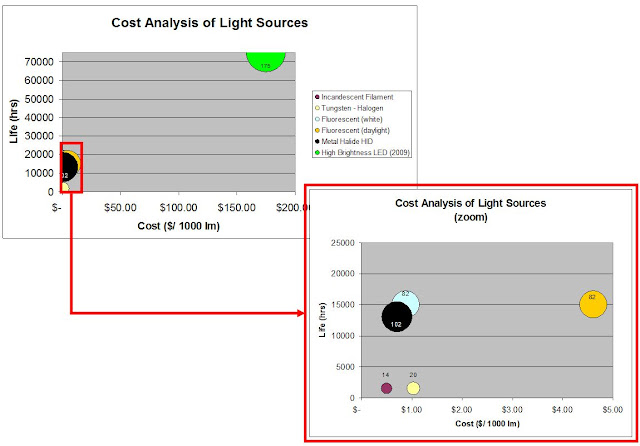The story is of the people of the Kasuit desert in northern Kenya. For hundreds of years, they lived in this desert. They developed a culture that embraced the difficulties of living in the desert and, therefore, did just fine. Until severe drought, combined with nearby wars brought this region to the attention of the West. At which point, the United Nations took actions to "save" them from themselves.
Following is my summary of Wade's story.
The culture the originally developed worked like this:

To ensure that enough livestock survived severe drought, large herds of livestock were required.
To maintain large herds required large families, stewardship of the land and a nomadic lifestyle (so that the carrying capacity of any one area was not exceeded).
The requirement to have large families resulted in polygamy being common. But to maintain social harmony among the young men in a group where there were not enough women for every man, the culture developed rites around sending young men away to tend the herds. These rites bound together the men involved in them, creating life-long social bonds which reinforced the "commonness" of their use of the land (avoiding the "tragedy of the commons"). These rites also instilled a large amount of prestige in the men, allowing them to accept the situation which supported the large families.
Then the UN intervened and added a few things:
First they added the idea of private ownership of the land and, thereby, permanent settlement. This required the reduction of herd size which quickly led to dependence of outside aid to keep the people alive.
Outside aid included western education. The education broke the traditional rites of passage (by instilling the idea that such a life was "beneath" an educated man), which broke the personal ties which were necessary, among the other factors, to allow life in the harsh environment.
The entire culture collapsed and, along with it, the ability to sustain life in that place.
All with the best intentions...
...but without sufficient respect for the wisdom of the people who had learned to live within the limits of the place they inhabited.













